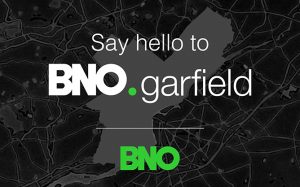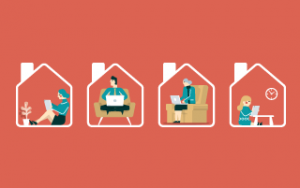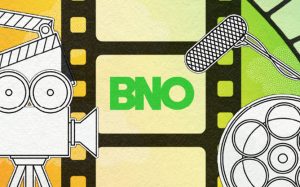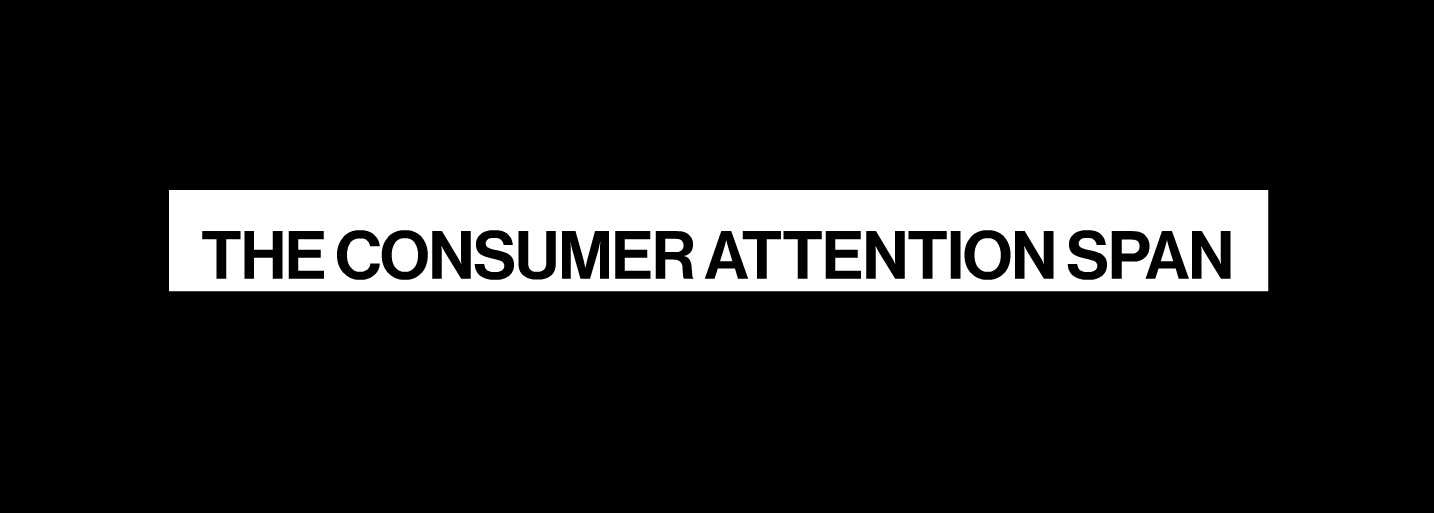
When I started writing this blog post, I advocated for brave change–a “slow lane” of content distribution coupled with longer-form advertising. By the time I finished writing the blog, I learned that NBC Universal was experimenting with reduced ad loads on select TV properties, while also increasing the length of the show. They saw a dramatic increase in ad retention and brand love. See how we essentially came to the same insight and strategy.
Person Type A has an 8-second attention span symptomatic of the widely cited Microsoft study. Person Type B consumes a large diet of podcasts on a weekly basis. We’ve been told that attention spans are decreasing quickly. Yet during a similar period, podcast listening steadily increased. Within the last year, it sharply increased to some eye-opening numbers.


Question: How can we have two completely different attention spans and cultural trends happening at the same time? Answer: Person Type A and B are the same person. Forced attention is on the decrease and self-selection is on the increase. People value choice. Self-selected modes of media consumption – podcasts, along with binge-watching Hulu and Netflix – enjoy increasing and riveted attention spans. Is it really an attention span issue as we’ve been led to believe?
Individual Consumer Impatience
In the advertising world, we universally accept that people are losing their bandwidth to concentrate. New forms of technology are constantly being developed to accelerate the speed of life. We have faster operating systems, mobile devices, networks, downloads, delivery of online purchases, Tap to Pay–the list goes on. We want things faster. And in many jobs, we are being pushed to deliver faster. Impatience becomes a learned behavior.
To make matters worse, we are wired to distract ourselves – Americans check their mobile device about every 12 minutes. We don’t have the patience to live/work without a separate stimulus distraction.
Collective Cultural Attention Spans
The reality is that attention spans come into play more culturally / collectively. Looking into the global daily top 50 hashtags on Twitter, scientists found that peaks became increasingly steep and frequent. In other words, content becomes popular more quickly, but also people lose interest faster. This is a more realistic attention span barometer. We see this also reflected in the news cycle.
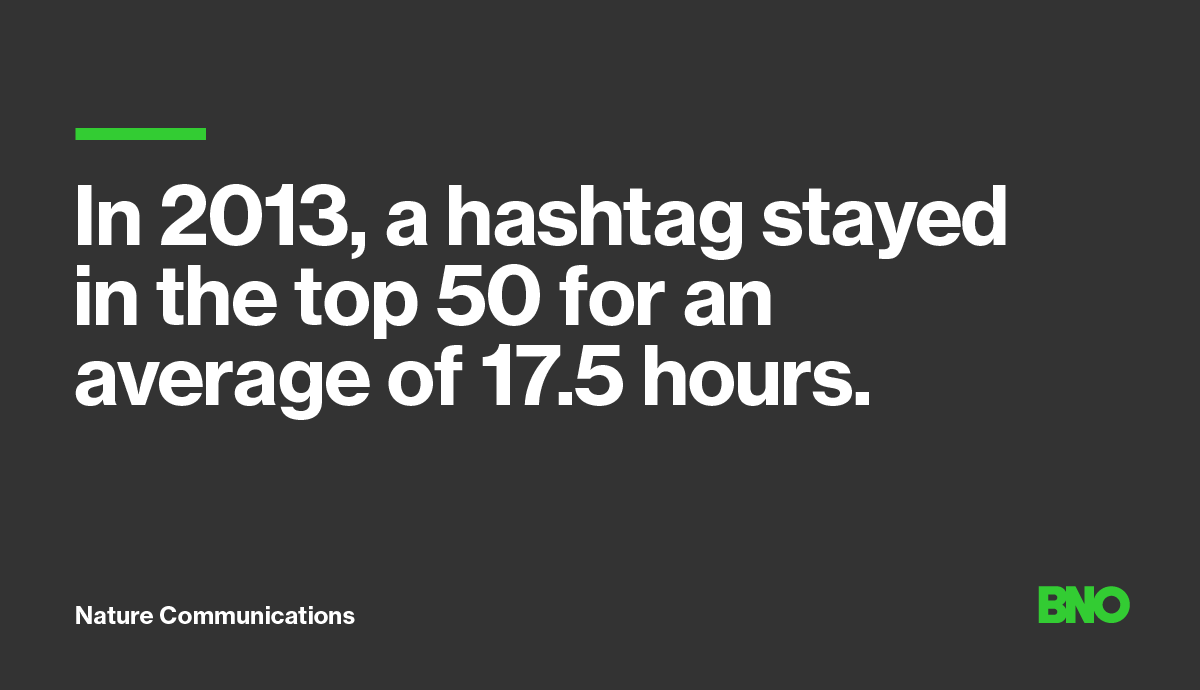
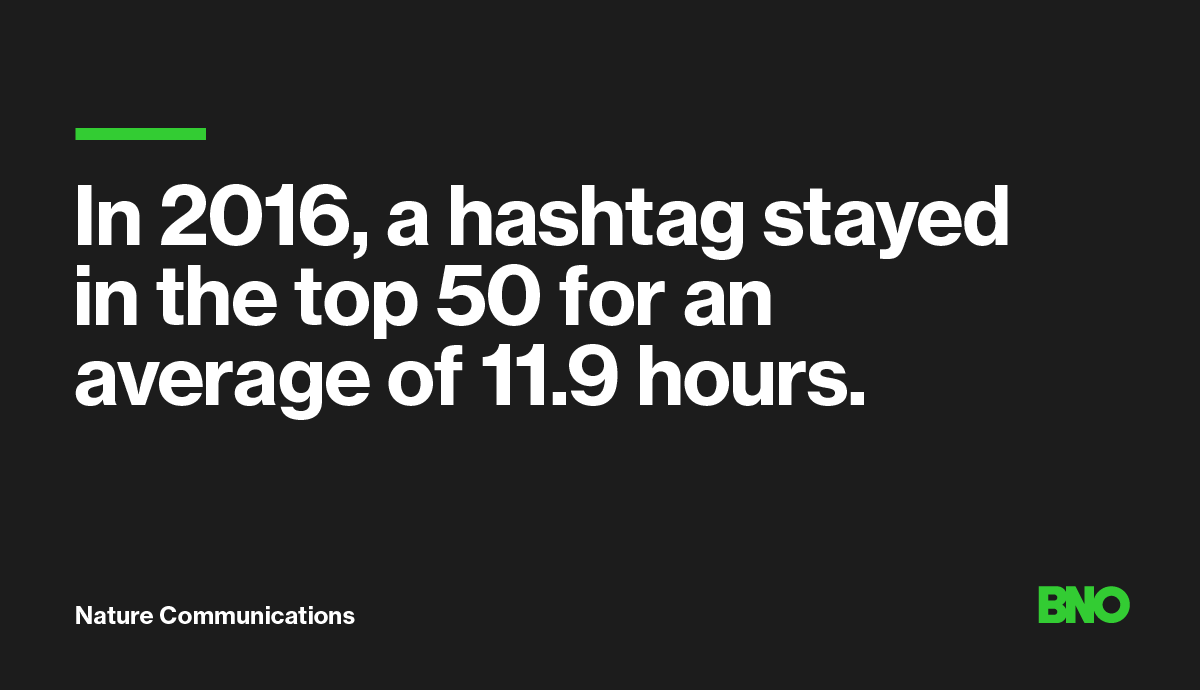
Enter Self-selection
Self-selection is Digital Anthropology 101. Self-selection is the self-preservation antidote to defend against messaging overload and the speed of life. The over-abundance of content is exhausting, so our brains seek ways to find balance. We welcome self-selected content and have no attention span issues with it. Culture has always loved stories and conversations. So, whether it’s “Serial,” the ignitor of podcast popularity or more niche podcasts of today, our attention spans are solidly intact when we are in control of selecting the content.
“LadyGang” | E! started as a podcast and is now a TV show/filmed podcast on E!. This is a very interesting extension of self-selection. Time will tell if filmed podcasts become a trend.
What Does the Advertising Industry Do with This Knowledge?
Advertising has long mirrored culture, but sometimes it has helped to push it forward.
Option 1. Get to substance faster
Advertising teams are challenged to develop creative that quickly triggers the individual consumer’s patience filter to open. To overstate the obvious, when this happens, they will be more likely to engage and ultimately take action. But this is increasingly difficult if we capitulate to shorter and shorter allowances of time. And in the end, we need to question if it best serves the client, agency and consumer.
Option 2. Demand change and implement change
Let’s look at Twitter, for example. Twitter is losing millions of users a month according to multiple sources. The sound of a tweet is hard to hear through the overgrown feeds. Imagine if you could opt-in to a Twitter Slow Lane with fewer posts, longer-form content, and ads that could leverage engaging storytelling. That would be truly disruptive and benefit culture at the same time. For all screen-dependent platforms, I believe that increasing the duration of quality content while decreasing ad loads, will lead to increases in engagement for both. Advertisers need to partner with content creators and content delivery platforms to encourage and develop change in the communications landscape.
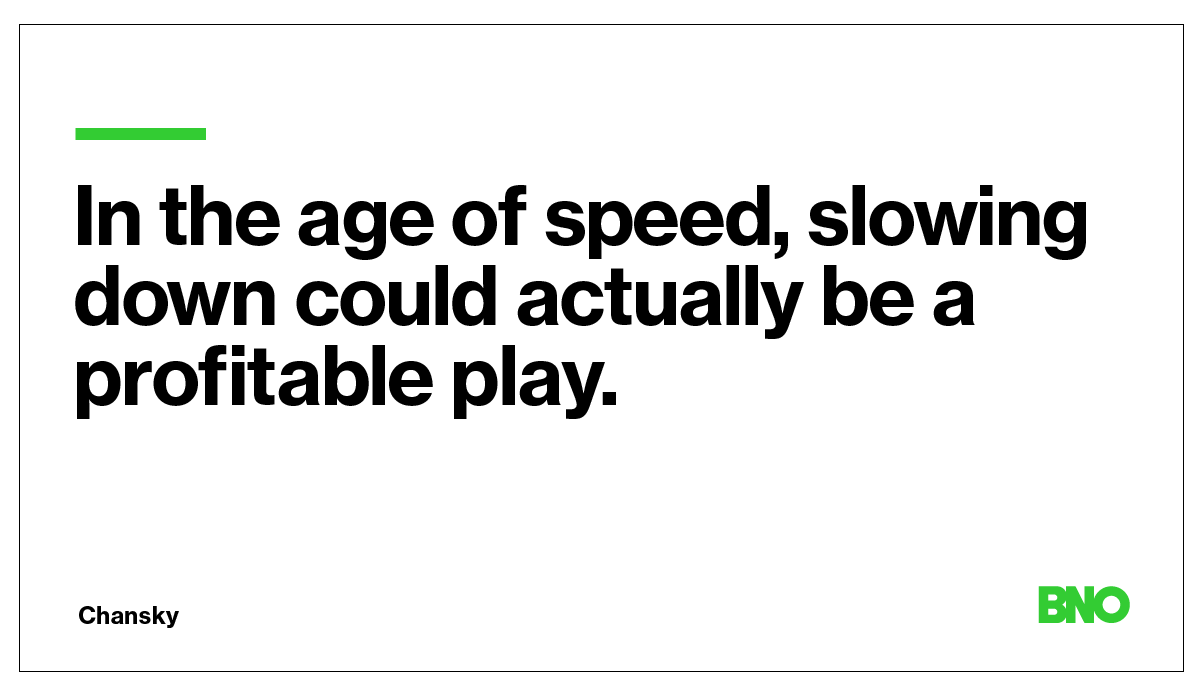

The final word comes from the gentleman hall-of-famer:
“Some things will never change. We will always need great ideas that connect brands with people. As Bill Birnbach said, ‘let’s respect the consumer’s intelligence, connect with them emotionally with great storytelling and craft.’”
–Keith Reinhard, from Ad Age Ad Lib Podcast, May 2019
Say hello.
